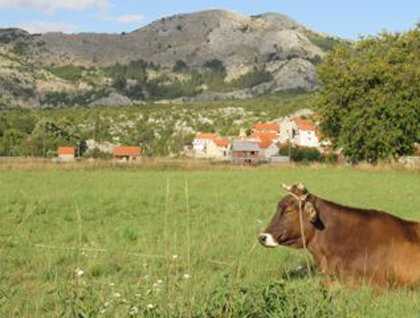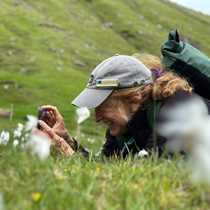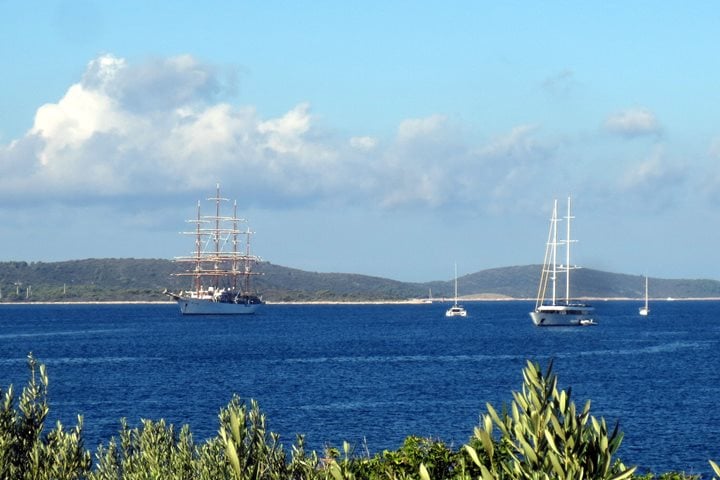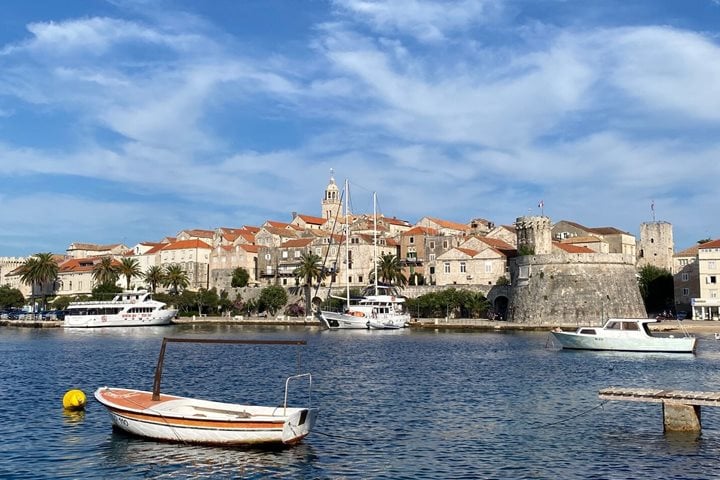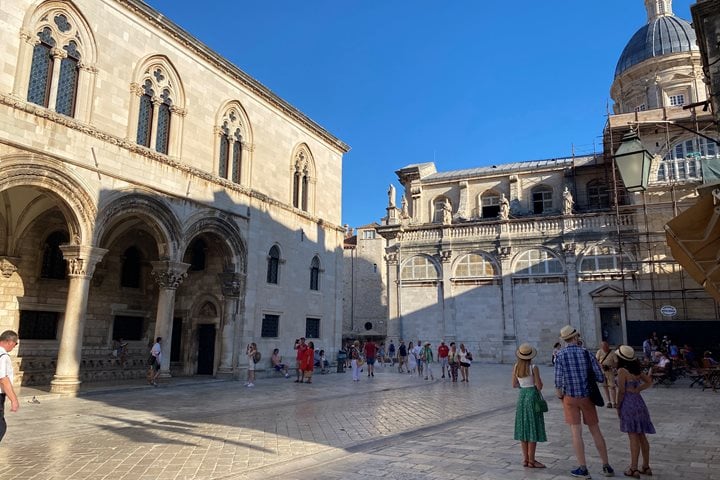This morning we sailed into the dramatic landscape of Kotorfjord. The steep sided hills are reminiscent of a fjord, but the limestone raconteur for this area tells instead a tale of seafloor uplift and erosion by ancient rivers.
It was not just the landscape with a story, the small church of Gospa od Skrpjela (the Church of Our Lady of the Rocks) has a tale to tell as well. History tells of a statue of the Virgin Mary found floating, caught in the rocks of a reef. Proclaimed a miracle, efforts were started to build a church on the site. For years fishermen dropped rocks in the same place and subsequently wrecks were sunk as well as other matter thrown in eventually becoming the foundation for the church we visited standing high and dry today.
We continued to Kotor Old Town. Fortified walls protected this settlement all the way from sea level to dizzying heights up the fjord walls. Invaders could spill over from the mountains or swarm in from the waters edge; either approach would be soon thwarted or severely stalled by this impressive barrier.
For the late afternoon we climbed into those mountains ourselves. With the navigation of 25 switchbacks, we achieved an eagles-eye view of Kotor, the bay and the fringes of civilization all along the Adriatic edge. Up in the hills the cooler temperatures and slight breezes were not only ingredients for an afternoon stroll, they are also a vital part to the process of curing hams, for which this area is well known.
The Njegusi Valley offered us sweeping vistas, plenty of elbowroom, and the quiet of the countryside as we munched on local cheeses, fresh made bread, and the famous beech wood smoked ham. The pace of village life replaced the bustle and hurry of the city below, what a relaxing and delicious way to end the story of our day in Montenegro.

